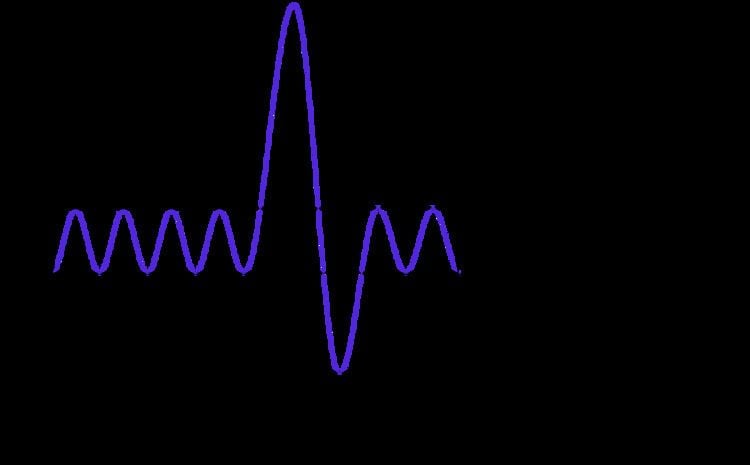 | ||
TLC Total lung capacity: the volume in the lungs at maximal inflation, the sum of VC and RV. TV Tidal volume: that volume of air moved into or out of the lungs during quiet breathing (TV indicates a subdivision of the lung; when tidal volume is precisely measured, as in gas exchange calculation, the symbol TV or VT is used.) RV Residual volume: the volume of air remaining in the lungs after a maximal exhalation ERV Expiratory reserve volume: the maximal volume of air that can be exhaled from the end-expiratory position IRV Inspiratory reserve volume: the maximal volume that can be inhaled from the end-inspiratory level IC Inspiratory capacity: the sum of IRV and TV | ||
Tidal volume is the lung volume representing the normal volume of air displaced between normal inhalation and exhalation when extra effort is not applied. In a healthy, young human adult, tidal volume is approximately 500 mL per inspiration or 7 mL/kg of body mass.
Contents
Mechanical ventilation
Tidal volume plays a significant role during mechanical ventilation to ensure adequate ventilation without causing trauma to the lungs. Tidal volume is measured in milliliters and ventilation volumes are estimated based on a patient's ideal body mass. Measurement of tidal volume can be affected (usually overestimated) by leaks in the breathing circuit or the introduction of additional gas, for example during the introduction of nebulized drugs.
Ventilator-induced lung injury such as ALI/ARDS can be caused by ventilation with very large tidal volumes in normal lungs, as well as ventilation with moderate or small volumes in previously injured lungs, and research shows that the incidence of ALI increases with higher tidal volume settings in nonneurologically-impaired patients.
Initial settings of mechanical ventilation:
For patient without preexisting lung disease
Use the rule of 12-12, meaning 12 mL/kg is programmed to be delivered 12 times a minute in the assist control mode.
Newer studies recommend smaller volumes even for patients without lung disease: about 8 ml/kg 12 times a minute.
For patients with chronic obstructive lung disease
Use the rule of 10-10, meaning 10 mL/kg is programmed to be delivered 10 times a minute in the assist control mode.
Acute respiratory distress syndrome
There is strong evidence that limiting tidal volume to 6-8 mL/kg may be beneficial in the management of ARDS. In ARDS Mechanical ventilation with low tidal volumes and high positive end expiratory pressure (PEEP) is a mainstay of therapy. PEEP levels of up to 15 cm H2O are used.
